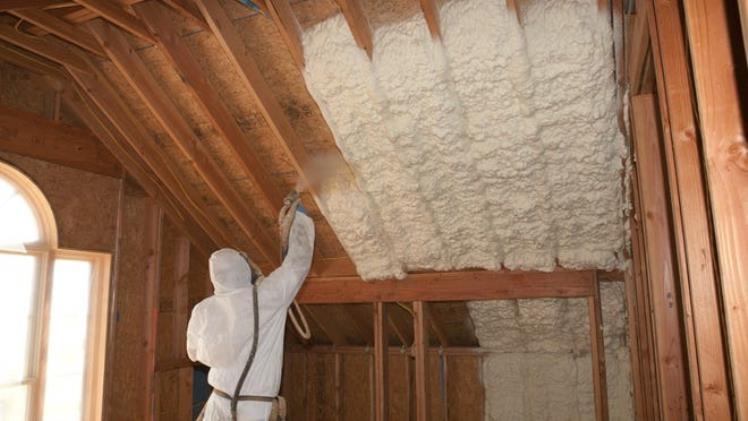Moisture accumulation in your home’s structure can lead to significant problems such as mold growth, wood rot, and structural damage. As a homeowner, understanding how to keep your house dry is crucial for maintaining its integrity and ensuring a healthy living environment. This blog post will provide you with practical tips and solutions for avoiding moisture buildup in your home.
Identifying the Sources of Moisture
Before we dive into the solutions, it’s essential to identify the common sources of moisture in homes. These include:
- Leaky Roofs: Rainwater can seep through damaged shingles or flashing.
- Poor Ventilation: Inadequate airflow can trap moisture inside.
- Plumbing Leaks: Dripping pipes or faulty fixtures can introduce moisture into walls and floors.
- Condensation: High humidity levels can cause water droplets to form on cold surfaces.
- Groundwater: Water can seep into basements or crawl spaces from the soil.
Effective Tips to Prevent Moisture Accumulation
1. Maintain Your Roof
A well-maintained roof is your home’s first line of defense against moisture. Regularly inspect your roof for missing or damaged shingles, and ensure the flashing around vents and chimneys is intact. Consider installing a water-resistant barrier under the shingles for added protection.
2. Ensure Proper Ventilation
Proper ventilation in your home helps reduce humidity levels and prevent condensation. Use exhaust fans in kitchens and bathrooms to expel moisture-laden air. Additionally, ensure that your attic has adequate ventilation to allow hot, moist air to escape.
3. Fix Plumbing Leaks Promptly
Even small plumbing leaks can cause significant moisture problems over time. Regularly inspect pipes, faucets, and water heaters for signs of leaks and repair them immediately. Installing a leak detection system can also alert you to potential issues before they become severe.
4. Use a Dehumidifier
In areas with high humidity, such as basements or crawl spaces, using a dehumidifier can help keep moisture levels in check. Choose a dehumidifier with the appropriate capacity for the size of the room, and empty the water reservoir regularly.
5. Seal Windows and Doors
Gaps around windows and doors can allow moisture to enter your home. Check for drafts and seal any gaps with weatherstripping or caulk. Double-glazed windows are also an excellent investment as they help reduce condensation.
6. Improve Drainage Around Your Home
Ensure that the ground around your home slopes away from the foundation to prevent water from pooling near the structure. Clean your gutters and downspouts regularly to ensure they direct rainwater away from the house effectively. Installing a French drain can also help redirect groundwater away from your foundation.
7. Install a Vapor Barrier
In basements and crawl spaces, installing a vapor barrier can help prevent moisture from seeping through the walls and floor. Use heavy-duty plastic sheeting to cover walls and floors, and ensure that seams are sealed tightly.
8. Insulation Services
Proper insulation is crucial for preventing moisture buildup in your home, offering protection against humidity and temperature fluctuations. To find tailored solutions, consult insulation services in West Haven that can help maintain a consistent indoor climate and minimize condensation risks. Materials such as foam board, spray foam, and fiberglass serve as effective moisture barriers. Consult a local expert to assess and enhance your home’s insulation, ensuring comfort throughout the year.
Addressing Existing Moisture Problems
If you already have moisture problems in your home, it’s crucial to address them promptly to prevent further damage. Here are some steps to take:
1. Dry Out Affected Areas
Use fans, dehumidifiers, and air movers to dry out damp areas. Remove any wet materials, such as carpeting or insulation, that cannot be thoroughly dried.
2. Clean and Disinfect
If mold is present, clean the affected areas with a solution of water and detergent. Use a biocide to kill any remaining mold spores and prevent future growth.
3. Repair and Replace Damaged Materials
Replace any materials that have been severely damaged by moisture, such as rotted wood or compromised drywall. Ensure that repairs address the root cause of the moisture problem to prevent recurrence.
Conclusion
Preventing moisture accumulation in your home’s structure is vital for maintaining a healthy and durable living environment. By following these tips and staying vigilant, you can protect your home from the adverse effects of moisture and ensure it remains a safe and comfortable place to live. If you ever face persistent moisture problems, don’t hesitate to consult a professional for expert advice and solutions.






